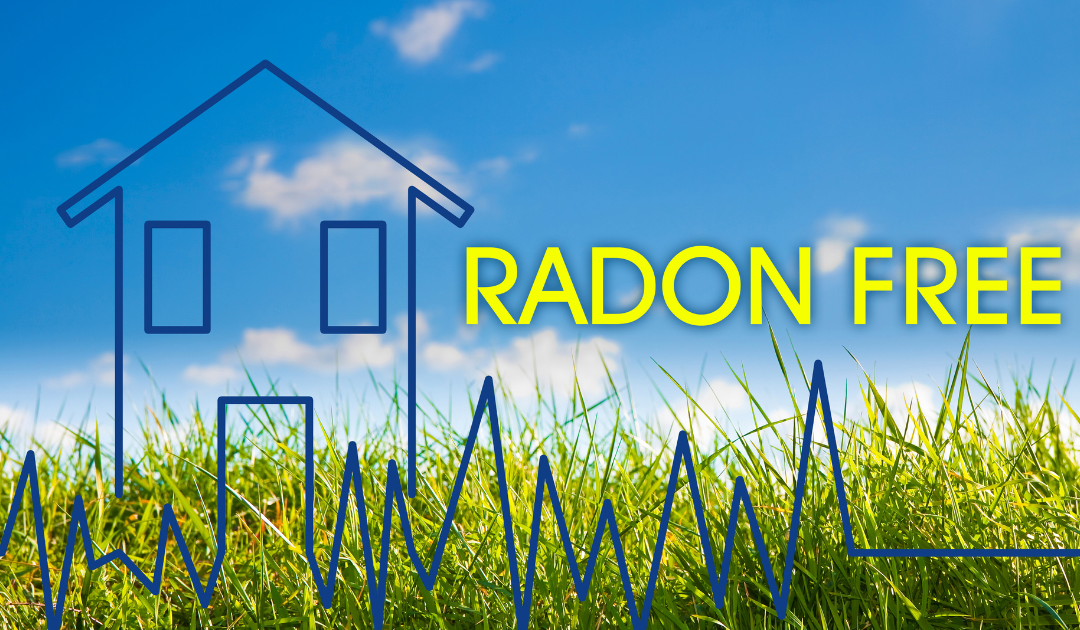Radon mitigation refers to any procedure that reduces radon gas concentrations in inhabited buildings’ breathing zones or radon in water sources. Radon substantially contributes to ambient radioactivity and has been linked to serious health issues such as lung cancer.
Radon in air is reduced by increasing the number of air changes per hour in the building or by collecting ventilation beneath a concrete floor slab or a membrane on the ground. In addition, radon may be removed from home water sources using aeration or activated charcoal treatment devices.
Most radon mitigation systems consist of a network of pipes and fans that extract radon vapours from beneath your foundation and exhaust them over the roof, where they are safe. This system is also an active soil depressurization system because it decreases the pressure under the home, preventing radon gas from entering through foundation holes. Radon mitigation systems typically begin with a four-inch plastic pipe that travels through the foundation floor and up and out of the home.
HOW DOES A RADON MITIGATION SYSTEM WORK?
Radon mitigation systems employ a fan to continually draw air from the earth and exhaust it outdoors through a conduit that extends above the roof’s edge. The pipe may be run inside or outside the house, and it vents outdoors, away from windows and entrances. Cracks and holes in the foundation are also sealed. Sealing reduces the flow of radon and improves the efficiency of the radon mitigation system.
THREE COMMON WAYS RADON MITIGATION SYSTEMS CAN BE INSTILLED
- Sub-slab suction pulls radon straight beneath the property’s foundation and releases it outdoors.
- Sub-membrane – A plastic sheet covers exposed soil on the floor, continues up the wall and is sealed in crawl spaces. A radon pipe enters the crawl area, removes soil gas from the crawl space, and vents it outside.
- Drain tile suction – A pipe enters the drain tile and releases the soil gases to the outside. Covers protect the sump baskets.
WHAT ARE THE ADVANTAGES OF RADON REDUCTION?
The key advantage is a lower chance of acquiring lung cancer. Standard radon reduction devices normally work within 24 hours and keep levels low as long as the fan runs. Another possible advantage of these systems is reduced radon infiltration of moist soil air, which may lower humidity levels in the home’s basement. Before making final preparations to sell a property, homeowners should consider addressing a radon problem, and this frequently allows you extra time to examine the issue and identify the best cost-effective solution.
HOW CAN RADON GET INTO YOUR HOUSE?
Radon may be found in any property, regardless of age. It can enter your property from the soil under and surrounding it. The most common access points are holes or fissures in floors and walls.
Conclusion
A good radon mitigation system may lower the amount of radon in your house by up large per cent. In addition, homeowners using radon systems have also reported a reduction in other indoor air quality concerns, such as moisture and soil gas infiltration.
Schedule an Appointment
Quick Contact
More information for Home Buyers
- Is a Pre-Offer Inspection a Good Idea
- Mistakes to Avoid During Your Home Inspection
- How to Read and Decipher the Home Inspection Report
- 3 Factors Behind the Cost of Home Inspections
- Home Inspection Repair Requests Buyers Shouldn’t Make
- 9 Ways to Get the Most Out of Your Home Inspection
- 5 Home Inspection Mistakes People Make

